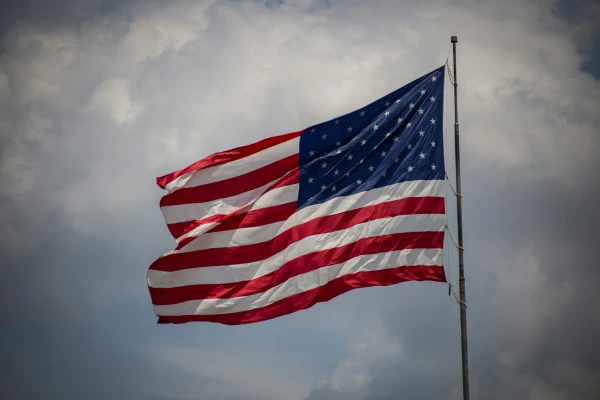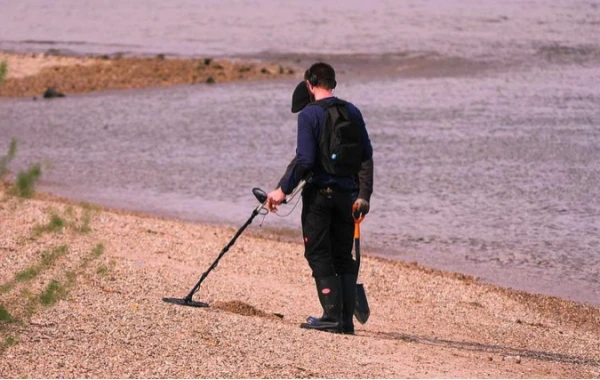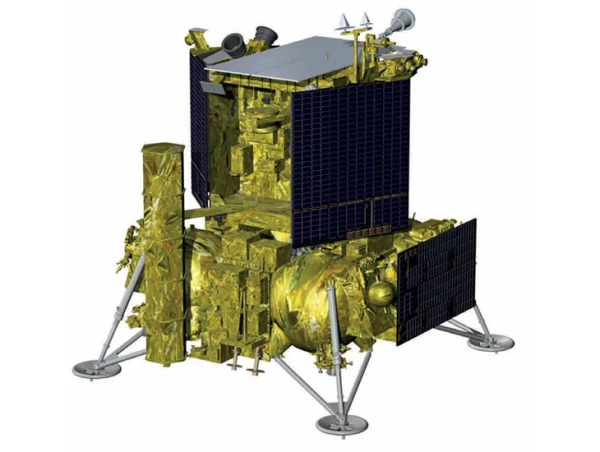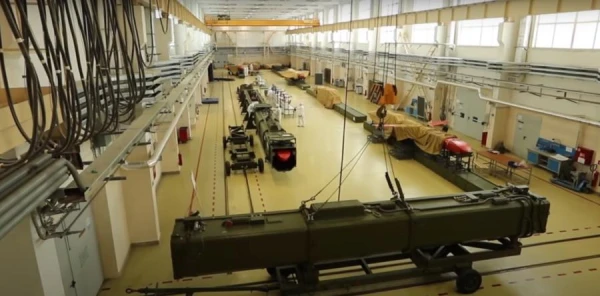
The origins of the first people to arrive in America can be traced back to mariners from Japan who crossed the Pacific Ocean around 20,000 years ago. This conclusion is based on a new analysis of prehistoric stone tools discovered throughout the United States, writes Focus.
For a long time, researchers have debated when and how the first Americans appeared. Ancient traces in New Mexico indicated early human presence; however, widespread settlement occurred only with the emergence of the Clovis culture around 13,000 years ago, writes IFLScience.
However, new research has identified at least ten sites where human activity can be traced between 13,000 and 20,000 years ago. Five key sites located in Virginia, Idaho, Pennsylvania, and Texas contain sufficient stone tools to indicate a technological tradition known as the American Upper Paleolithic, which preceded the Clovis culture.
To trace the origins of this tool-making practice, the authors of the study, including Lauren Davis, a professor of anthropology at Oregon State University, examined genetic evidence suggesting that the first Americans descended from Northeast Asian populations around 25,000 years ago.
The researchers compared artifacts with Paleolithic hunting weapons found on the Japanese island of Hokkaido and noted that the bifacial tools from both regions are nearly identical in shape and manufacturing technique.
"The discovery of this archaeological connection rewrites the first chapter of human history in America," said Davis. "It shows that the first Americans were not culturally isolated but were participants in shared Paleolithic traditions that connected people across Eurasia and Asia."
Based on these findings, the researchers suggest that early people from Hokkaido may have traveled to North America by sea rather than overland. Since no Paleolithic tools have been found in Alaska and northern Canada, it is unlikely that migration occurred across the frozen Bering land bridge during the last Ice Age.
Instead, evidence points to an oceanic route along which early mariners likely sailed down the southern coast of Beringia, making stops along the way. "We suggest that early mariners, well adapted to using boats in open ocean, likely followed a coastal route around the Pacific to America," the authors of the study write.
According to Davis, the significance of this research lies in its ability to connect cultural, technological, and migration patterns between continents. "Now we can explain not only that the first Americans came from Northeast Asia but also how they traveled, what they brought with them, and what ideas they carried," the scientist said.














Leave a comment